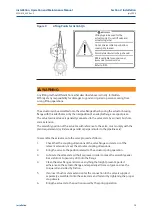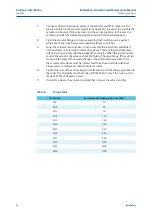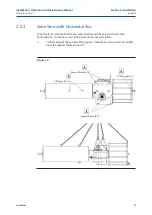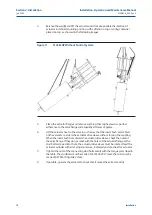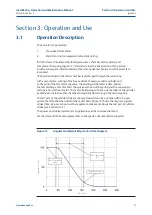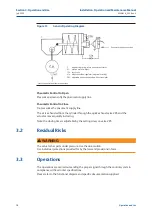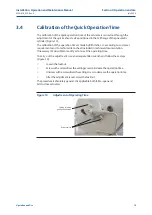
14
July 2020
Installation, Operation and Maintenance Manual
MAN616_EAC Rev. 5
Section 2: Installation
Installation
7.
Connect a sling to the support points of the actuator and lift it: make sure the
sling is suitable for the actuator weight. When possible, it is easier to assemble the
actuator to the valve if the valve stem is in the vertical position. In this case the
actuator must be lifted while keeping the flange in the horizontal position.
8.
Clean the actuator flange and remove anything that might prevent a perfect
adherence to the valve flange and especially all traces of grease.
9.
Lower the actuator onto the valve in such a way that the insert bush, assembled
on the valve stem, enters the actuator drive sleeve. This coupling must take place
without forcing and only with the weight of the actuator. When the insert bush has
entered the actuator drive sleeve, check the holes of the valve flange. If they do not
meet with the holes of the actuator flange or the stud bolts screwed into them,
the actuator drive sleeve must be rotated; feed the actuator cylinder with air at
proper pressure, indicated on data-sheet for actuator.
10.
Tighten the nuts of the connecting stud bolts evenly with the torque prescribed in
the table. The stud bolts must be made of ASTM A320 L7 steel; the nuts must be
made of ASTM A194 grade 2 steel.
11.
If possible, operate the actuator to check that it moves the valve smoothly.
Thread size
Recommended tightening Torque (Nm)
M8
20
M10
40
M12
70
M14
110
M16
160
M20
320
M22
420
M24
550
M27
800
M30
1100
M33
1400
M36
1700
Table 6.
Torque Table














